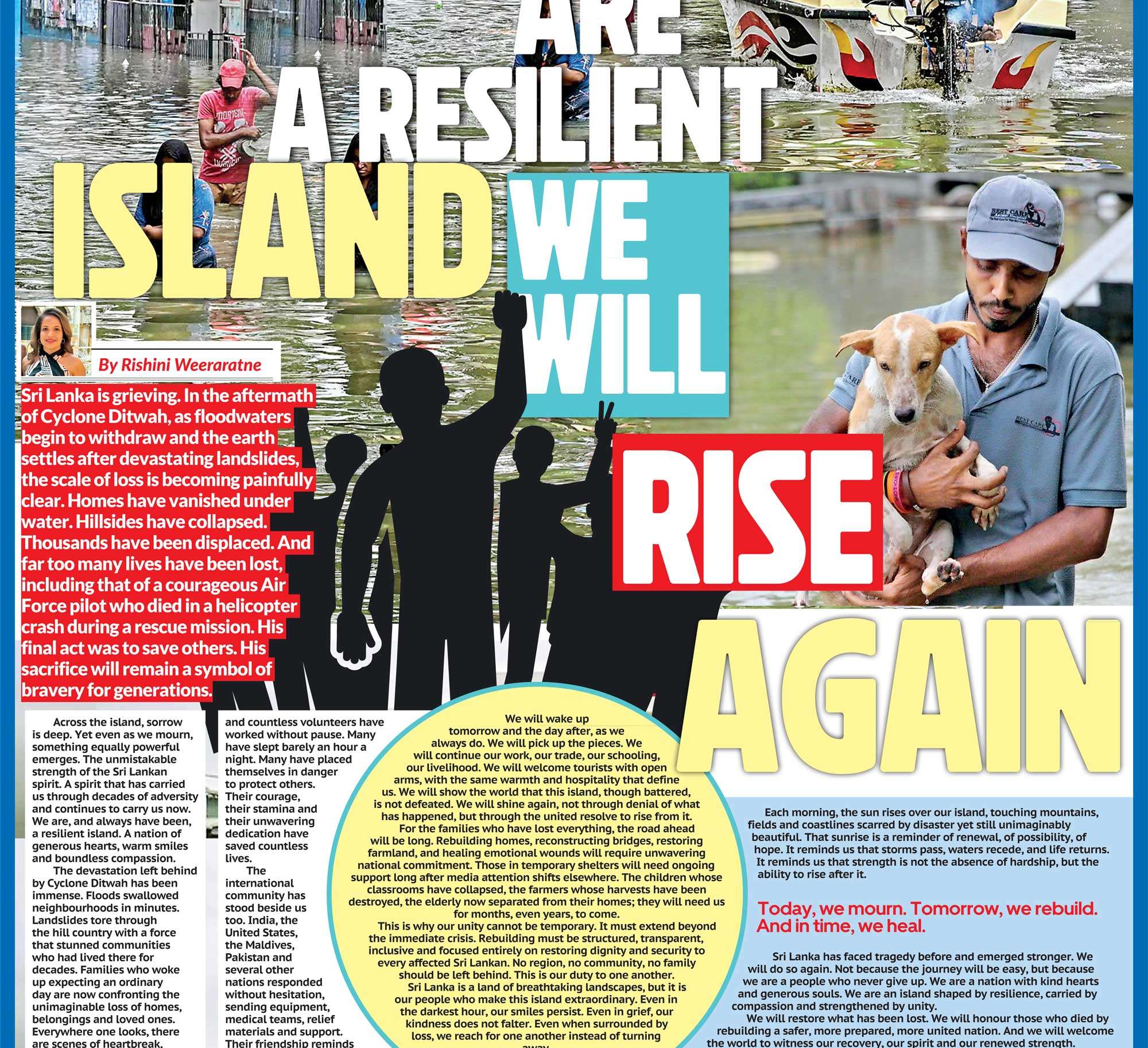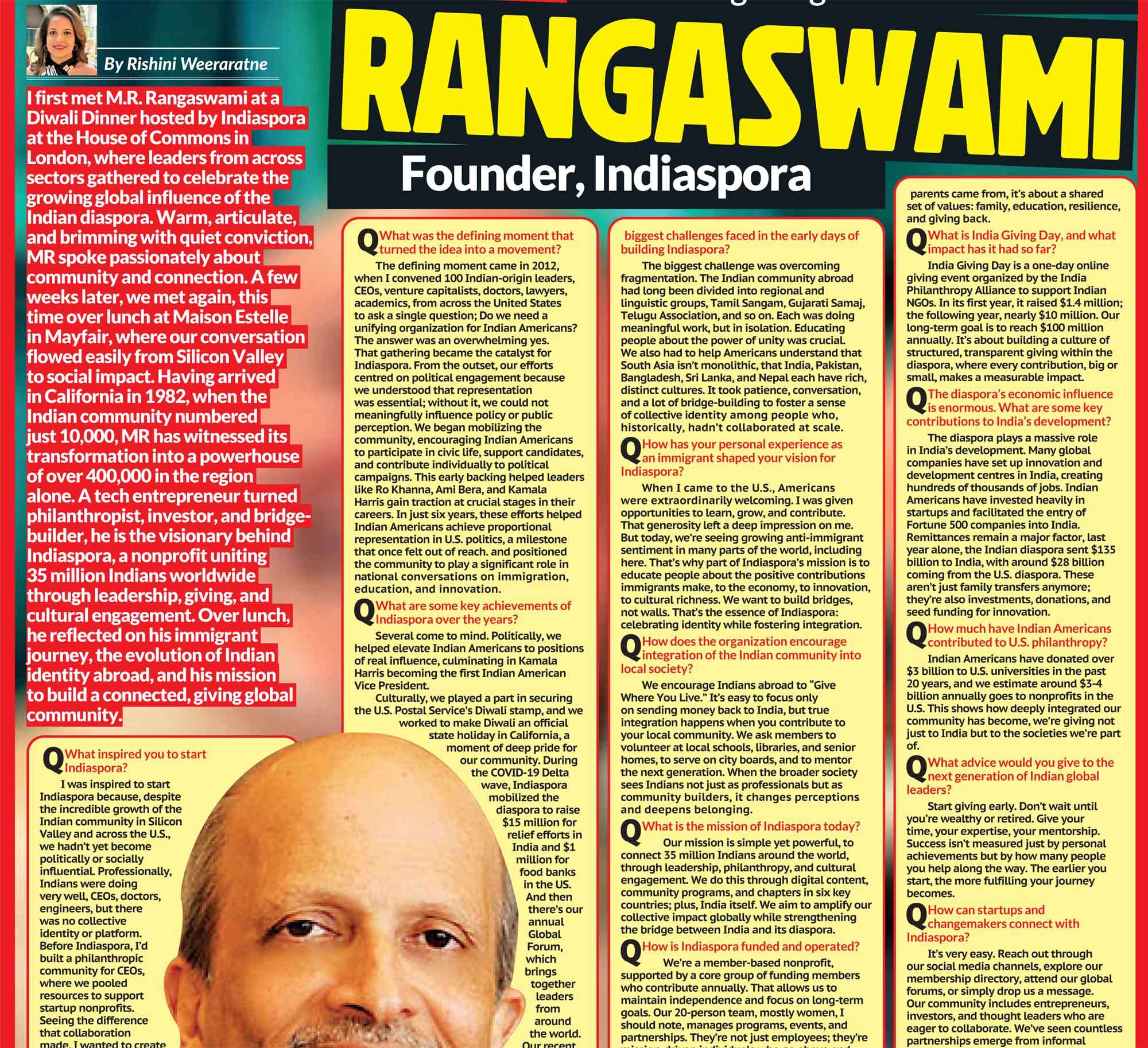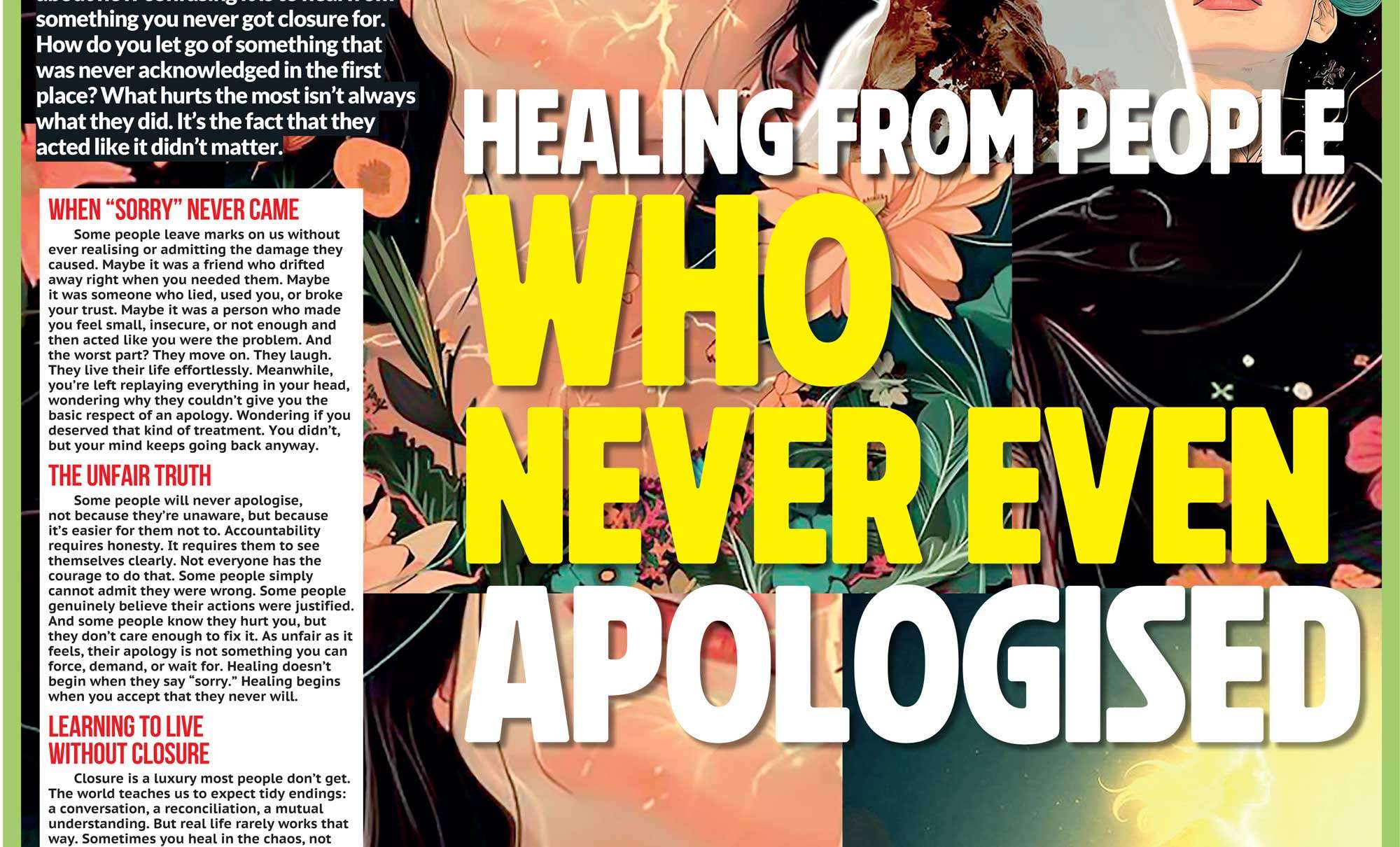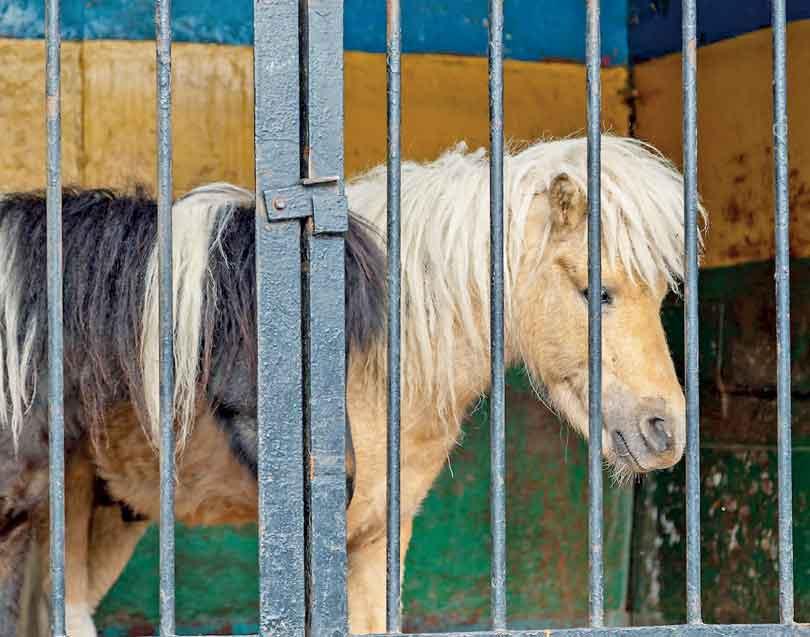
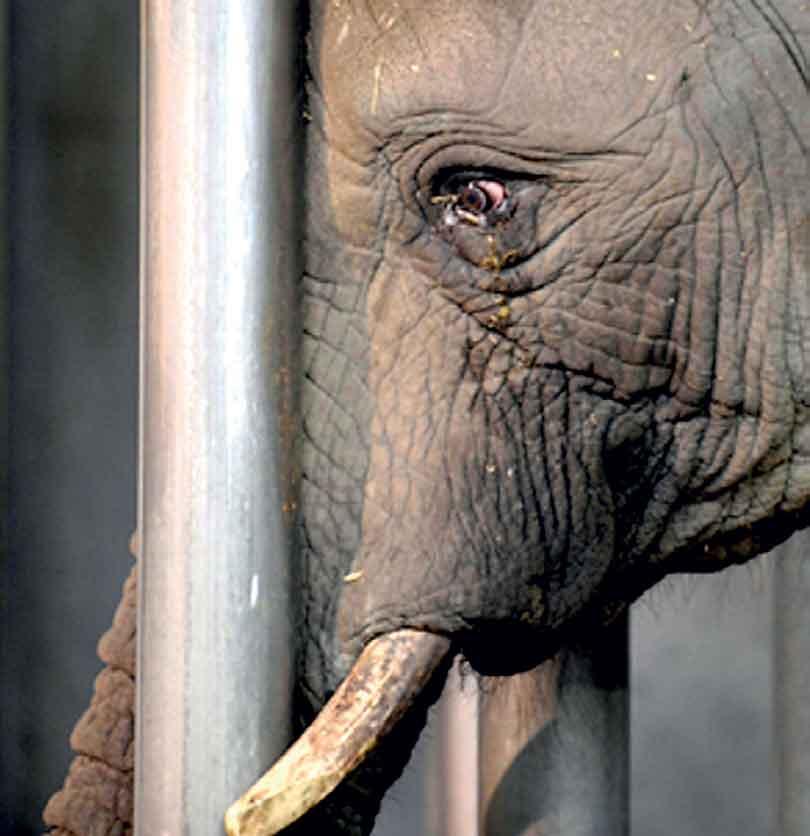
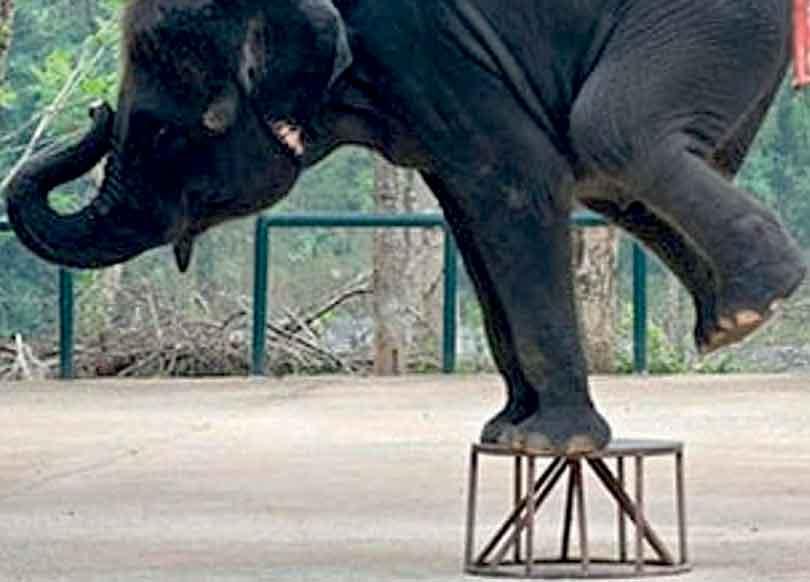
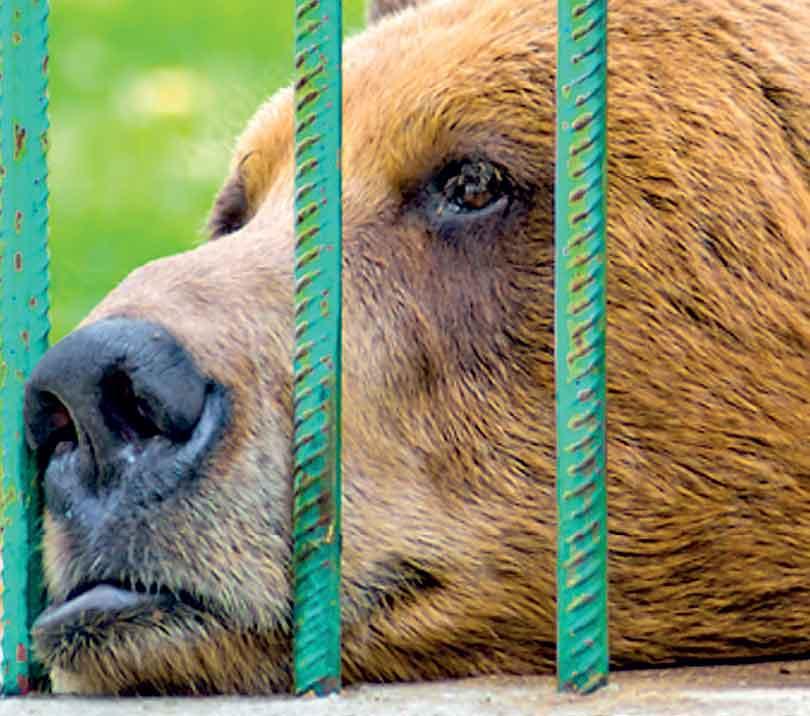
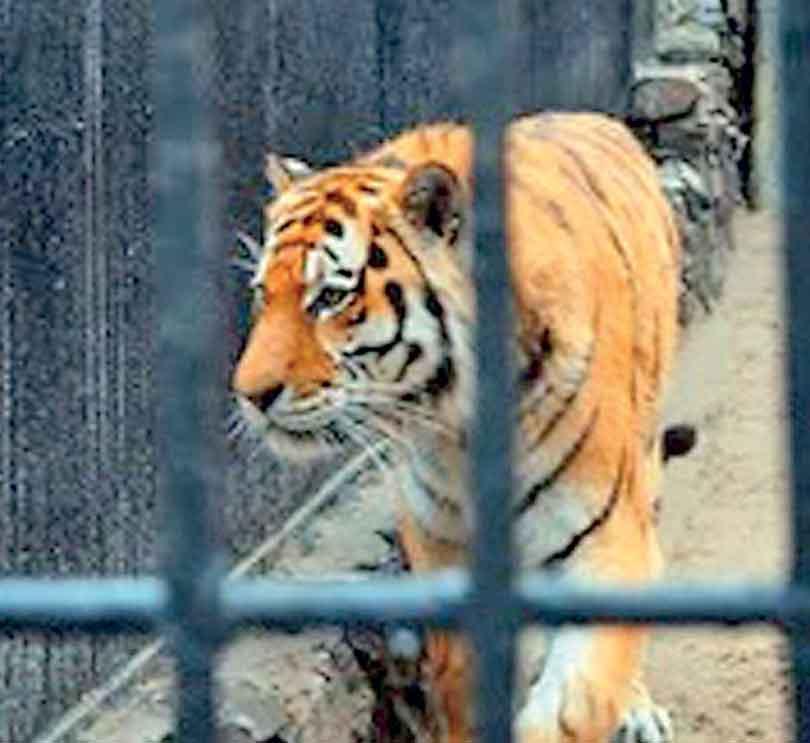
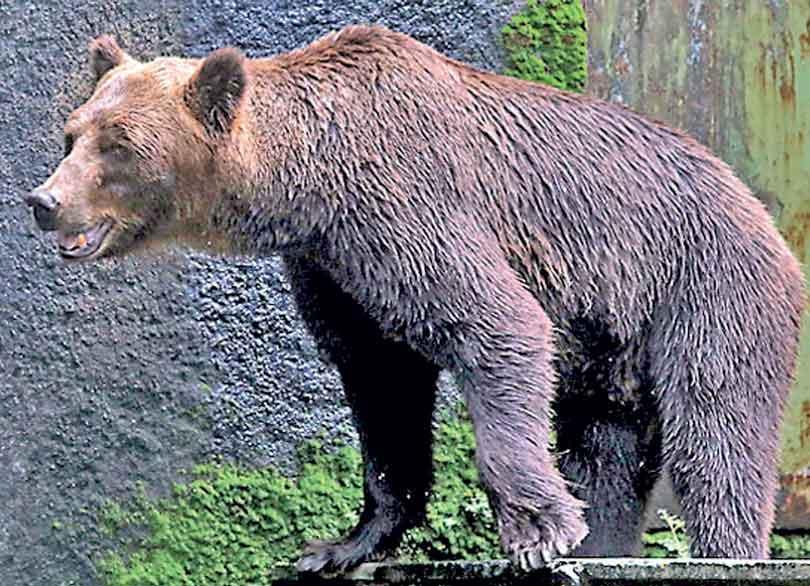
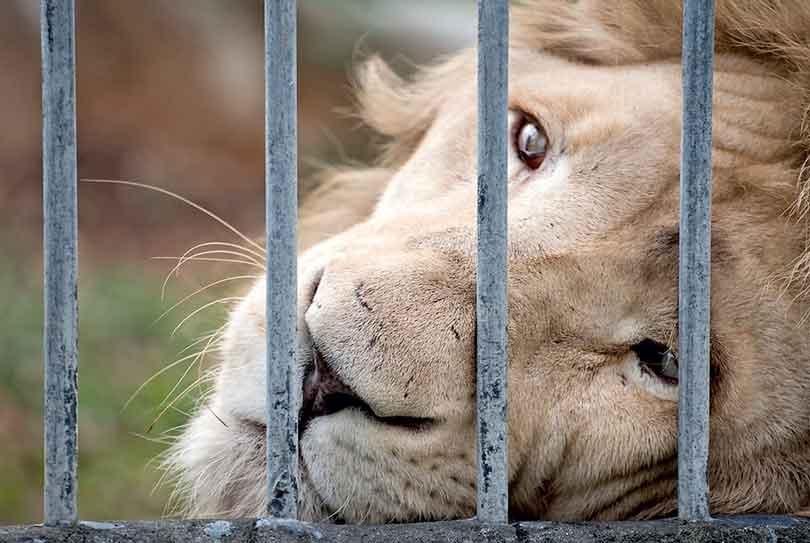
There was a time when going to the zoo felt like stepping into magic. Remember that? You’d wake up buzzing with excitement, probably in your best clothes, dragging your parents by the arm because you just had to see the lions first. Maybe the elephant show was the highlight. Or the seals. Or the monkeys that flung themselves around like circus performers with no sense of embarrassment. It felt like an adventure, a safari tucked into city limits, a place where animals came to play, and we came to cheer. But now? Now the zoo hits... different. And not in a good way.
Let’s be real. Somewhere between growing up and growing aware, our perception of the zoo shifted. The magic didn’t just fade, it cracked. That thick wall of glass between you and the tiger suddenly feels like a metaphor for something bigger. You start to notice things you didn’t before: the pacing, the boredom in the eyes, the cramped enclosures that once seemed enormous. And then comes the uncomfortable question that quietly creeps into your head: Are they happy here?
We didn’t ask that as kids. We just wanted to see the bear stand on two legs or the dolphins do flips. That was the deal, right? We pay a ticket, they perform. It all felt so innocent. But now, the idea of clapping for a wild animal doing tricks for treats feels a little... off.
Of course, this isn’t about turning into a hardcore activist overnight. It’s about how perspective changes. As kids, we’re fed the story that zoos are “educational,” that they help us learn about animals we’d never see otherwise. And sure, that’s true to an extent. Zoos have played a role in conservation, in breeding endangered species, and in raising awareness. But can we also admit they were fun? Maybe too fun. The kind of fun that came at someone else’s expense. We didn’t notice the cages then. Or maybe we did, but our brains didn’t register it as cruel. It was just part of the zoo experience, like cotton candy and sunburns. We were too busy pointing and laughing and calling our siblings over to see the monkey scratching its butt.
But now, with age and a little more internet-induced awareness, it’s hard to ignore the facts. Wild animals don’t belong in enclosures the size of your living room. That sad looking polar bear isn’t just resting. It’s probably mentally breaking down because it’s living in a climate 30 degrees too warm, with no snow, no ice, and zero chance of a real swim. Even the noise hits different now. The endless shouting from visitors, the banging on glass, the kids throwing popcorn into the wrong enclosures, it’s chaos. And through all of that, the animals just sit there. Watching. Waiting. Pacing. Existing.
And let’s talk about “performances.” As a kid, you’d lose your mind watching an elephant paint a picture or a seal balance a ball. Now, you can’t help but wonder what kind of training, or discipline goes into making that happen. You think, Wait, did I really cheer for that seal clapping to music?
Yeah. We did.
But before this turns into a total guilt trip, it’s important to say this: the zoo wasn’t evil. It was part of a time, a culture, a worldview that hadn’t asked the hard questions yet. We grew up with Animal Planet and Madagascar and plushies from the gift shop. The zoo was never about cruelty in our minds. It was about joy. Awe. Curiosity.
And honestly? It did give us that.
The problem is, we’ve learned more since then. And once you learn, you can’t unlearn. You start to recognize that just because something brings us joy doesn’t mean it’s right. That discomfort you feel now when you see the gorilla sitting with its back to the crowd, refusing to perform, that’s your conscience trying to tell you something. Some zoos are trying to change. They’re rebranding as “wildlife sanctuaries” or “conservation parks.” They’re phasing out performances, expanding enclosures, and focusing on education rather than entertainment. That’s progress. But it’s also a response to growing public discomfort, people don’t want to see tricks anymore. They want transparency. They want ethics. They want to know that if an animal is in captivity, it’s there because it has to be, not because someone wanted a tourist attraction.
Let’s not forget there are animals that can’t return to the wild. Injured animals. Orphans. Species on the brink of extinction. In those cases, ethical captivity can be a lifeline. But that’s a far cry from a leopard being carted from one zoo to another because it draws crowds. It’s a strange feeling, mourning the zoo. Like you’re letting go of a childhood friend who grew up and became someone you don’t quite recognize anymore. Or maybe it’s you who changed. You grew up. You asked more questions. You started caring about things you didn’t understand before.
And that’s okay.
It’s okay to look back on those zoo trips with nostalgia and still acknowledge that the model needs to change. That we owe these animals more than just a few “oohs” and “aahs” on a Sunday afternoon. That maybe, just maybe, the best way to appreciate wildlife is not through a cage, but through stories, documentaries, nature walks, or better yet, protecting the spaces where these animals actually belong. Because what’s more awe-inspiring than seeing a tiger in the wild? Nothing staged. Nothing scripted. Just raw, untamed nature doing its thing, without applause, without an audience.
Maybe that’s the lesson growing up gave us, that not everything amazing needs to be captured, confined, and controlled. That real respect means stepping back, not leaning in. And that sometimes, the most humane thing you can do for something wild is to simply let it be. So, the next time someone asks, “Wanna go to the zoo?” Pause. Remember the child in you who would’ve shouted yes without hesitation. And then listen to the adult you’ve become. You might just say, “Nah, let’s watch Planet Earth instead.”


